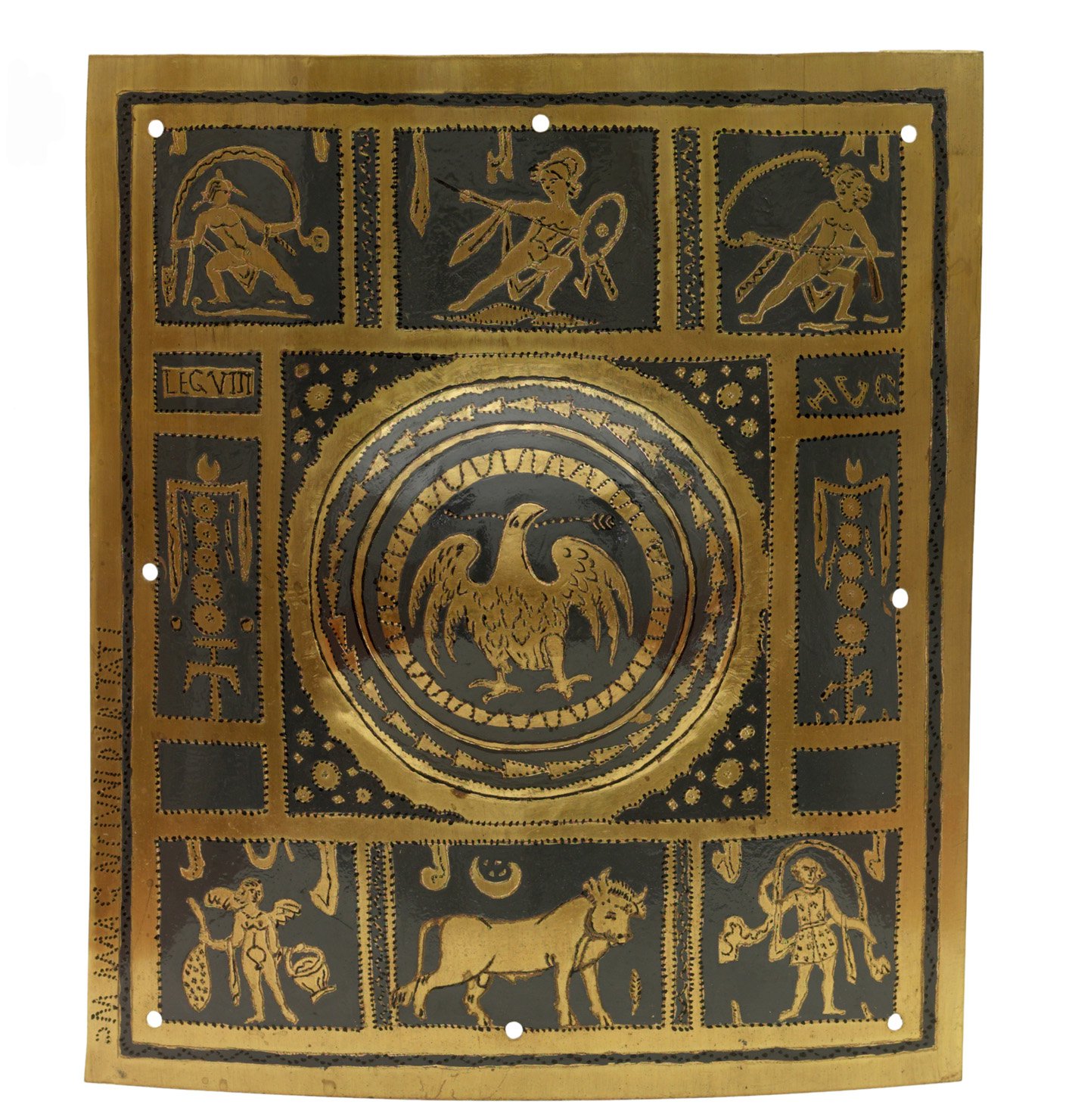Rot and rust - a science activity investigating how different materials survive

In this activity, your class will investigate how different materials survive. They will do this by looking at a number of replica Roman objects and deciding what the objects are made from before determining which parts of the object they think would survive best if they were buried underground for 2000 years.
Download: Rot and Rust PDF resource (1.3 MB)
When archaeologists are digging, they hope to find evidence from the past. Unfortunately, not everything survives so archaeologists never have a complete picture of how people lived in the past.
Objects also don’t look the same as they would have done in the past as they generally rot or decay over time.
How well the objects have survived often depends on the materials the objects are made of. Organic materials are materials that were once alive, such as materials from animals like leather, fur or wool or materials from plants such as wood, linen or paper. Human and animal remains are also organic matter, but bones and teeth are partly inorganic, so these can survive if the soil is not too acidic. Organic materials are affected by humidity and air.
They usually decay quite quickly unless they are preserved in special conditions such as very dry desert or very wet ground such as peat bogs or marshland.
Inorganic materials are materials that were never living such as metal, glass, pottery and stone. Inorganic materials generally survive better than organic materials at most sites although metals can rust or tarnish and pottery or glass break down or erode.
How well metalwork survives can depend on the type of metal. Different metals decay at different rates.
Iron decays the most and becomes highly corroded. The original smooth surface no longer survives which is why it is bumpy.
Copper alloy - (copper mixed with other metals) changes from a brass colour to green because of chemical reactions.
Silver - can turn black, white or purple.
Gold - survives best as it does not corrode at all. It comes out of the ground looking exactly as it did when it went into the ground.
Inorganic - materials survive quite well if they are buried where there is little air.




